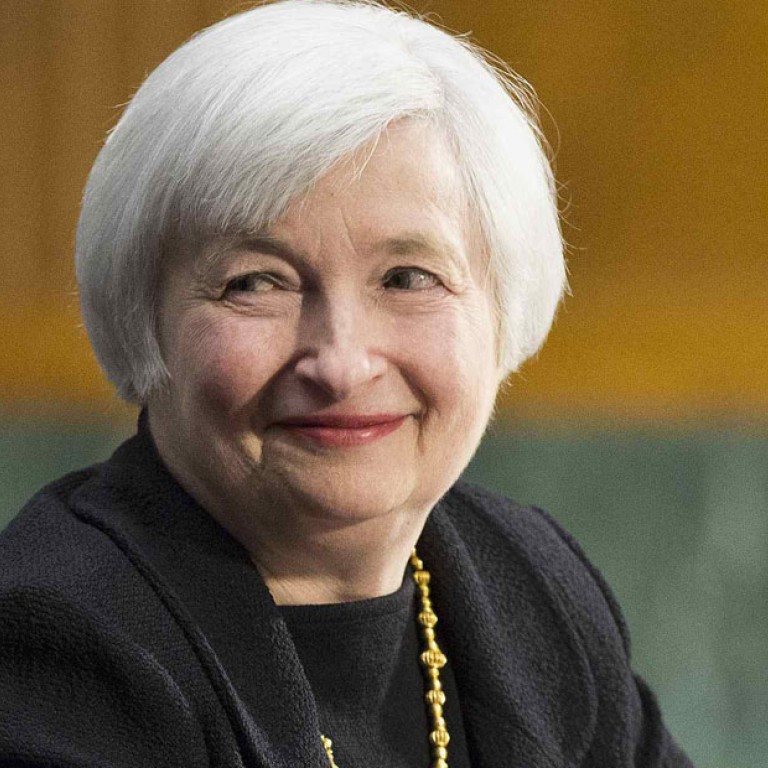
Isn't it time for the Federal Reserve to burst some bubbles?
Don't fight the Fed. That's the motto professional bond traders have long lived by. But since the onset of the global financial crisis, a more proactive and positive one for equities traders has been: embrace the Fed.
Don't fight the Fed. That's the motto professional bond traders have long lived by. But since the onset of the global financial crisis, a more proactive and positive one for equities traders has been: embrace the Fed.
In her confirmation hearing last week, Janet Yellen, the nominee for US Federal Reserve chairman, gave a robust defence of the extraordinary easing of monetary policy launched by retiring Fed chief Ben Bernanke, who has helped push up asset prices not only in the US but around the world. Her dovish remarks have led many investors to stop fretting about tapering, the phasing out of the Fed's massive bond-buying programme to push down interest rates, known as quantitative easing. For good measure, Yellen threw in her assessment that asset valuations are in normal ranges and that she saw no sign of any bubbles. In other words, party on.
Certainly, the experience of the last few years has been that the more money the Fed prints to buy bonds, the more asset prices shot up. So, along with a positive reception by global markets for China's economic reforms, announced after the Communist Party's third plenum, Yellen's remarks sent equities markets soaring. The S&P is near a six-year high; European stocks have their longest rally in 15 months. The Hang Seng surged this week.
But is the optimism justified? By pushing up asset prices, the Fed hopes to create a sense of wealth among consumers to prompt them to spend in the economy. This only works if asset prices have not reached bubble territory. That we have not is disputed by several economists and investors. For example, CAPE, the cyclically adjusted PE ratio, championed by this year's Nobel economics prize co-winner Robert Shiller, has been sending bubble warnings for quite some time.
But we need not be in bubble territory to worry. There is enough to fret about as it is. If tapering needs to be delayed, it can only mean the US and global economies have a way to go before returning to normal growth trends. That's hardly a rosy picture for longer-term investors. For shorter-term punters, the timing for tapering, which is bound to have an adverse impact on equities, is becoming more unpredictable than it is supposed to be in the age of central banking transparency.
Former Fed chairman Alan Greenspan used to say it's difficult, if not impossible, to spot a market bubble. The Fed has made it even more difficult to do so.

